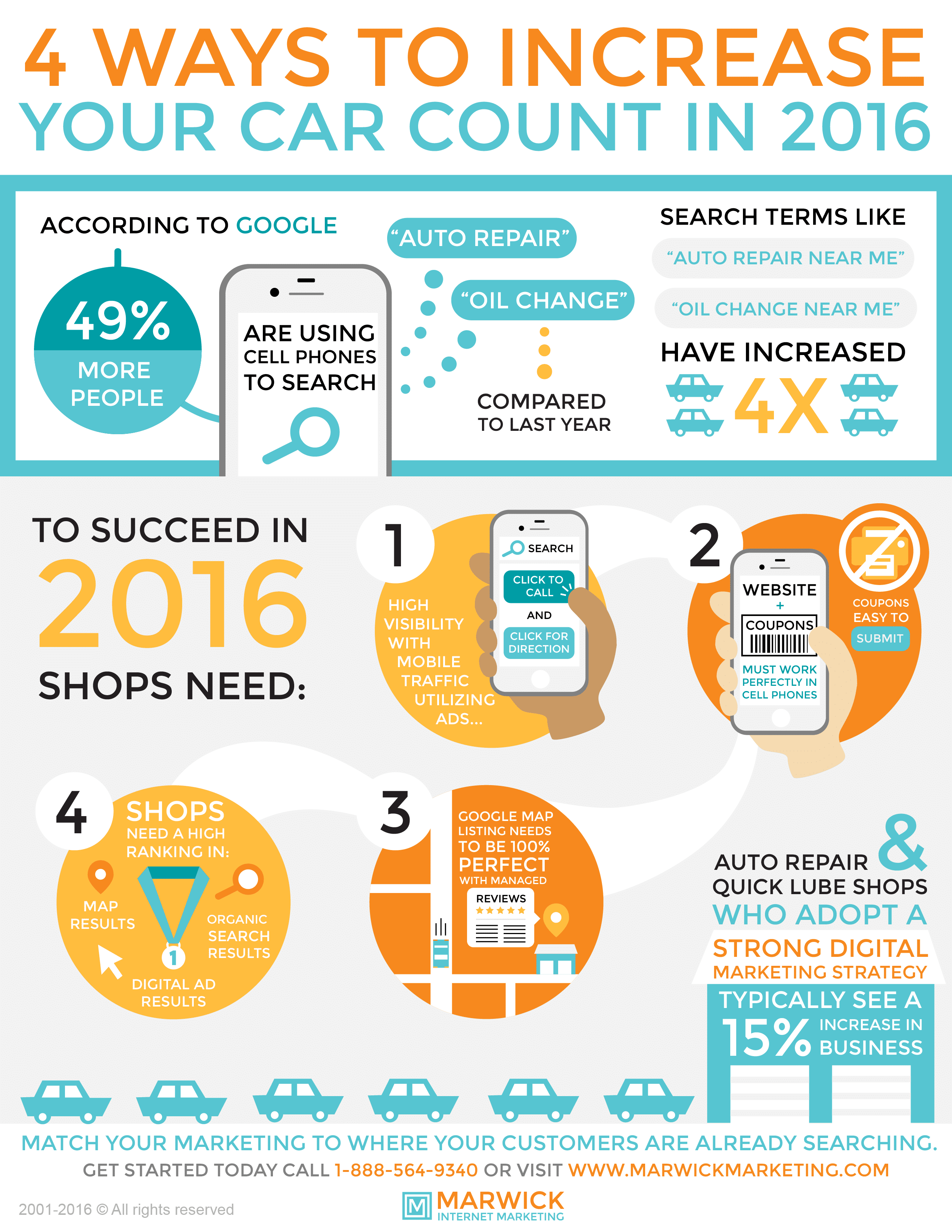Seeking Clearness On The Warning Lights Showed On Your Car'S Control Panel? Discover Just How They Connect To Your Car'S Health And Wellness
Seeking Clearness On The Warning Lights Showed On Your Car'S Control Panel? Discover Just How They Connect To Your Car'S Health And Wellness
Blog Article
Web Content Author-Lauritsen Gilbert
When you're behind the wheel, those beautiful warning lights on your control panel can be a little bit puzzling. Do you recognize what they're trying to inform you about your cars and truck's health? Comprehending the relevance of these lights is essential for your safety and security and the long life of your automobile. So, the next time among those lights turns up, wouldn't you intend to understand its message accurately and take the essential actions to resolve it?
Common Caution Lighting and Interpretations
Determine common caution lights in your auto and recognize their definitions to guarantee risk-free driving.
The most common warning lights consist of the check engine light, which signifies problems with the engine or emissions system. If this light begins, it's crucial to have your car examined immediately.
The oil stress advising light suggests low oil pressure, needing immediate interest to prevent engine damage.
A flashing battery light might recommend a faulty billing system, possibly leaving you stranded if not dealt with.
The tire stress surveillance system (TPMS) light signals you to reduced tire stress, impacting vehicle stability and gas effectiveness. Ignoring this could cause unsafe driving problems.
https://vehicle-suspension-testin84062.blog-kids.com/30452814/being-reluctant-on-the-importance-of-automobile-detailing-for-your-cars-and-truck-s-resale-value shows a trouble with the anti-lock braking system, endangering your ability to stop quickly in emergencies.
Last but not least, the coolant temperature advising light warns of engine overheating, which can lead to severe damage otherwise settled promptly.
Comprehending these typical caution lights will assist you address issues immediately and maintain safe driving problems.
Relevance of Prompt Attention
Understanding the typical caution lights in your cars and truck is just the primary step; the relevance of promptly dealing with these warnings can not be stressed sufficient to guarantee your safety and security when driving.
When a caution light illuminates on your control panel, it's your auto's way of communicating a possible problem that requires focus. Neglecting these warnings can bring about extra extreme problems in the future, compromising your safety and security and potentially costing you extra out of commission.
Motivate interest to advising lights can prevent malfunctions and crashes. For instance, a blinking check engine light could suggest a misfire that, if left neglected, could create damage to the catalytic converter. Addressing this without delay can save you from an expensive repair.
Similarly, a brake system advising light might indicate reduced brake liquid or worn brake pads, crucial components for your safety when driving.
Do It Yourself Troubleshooting Tips
If you observe a caution light on your control panel, there are a couple of do it yourself troubleshooting tips you can attempt before seeking expert assistance.
The very first step is to consult your car's manual to comprehend what the certain warning light shows. Often the issue can be as easy as a loose gas cap causing the check engine light. Tightening up the gas cap may solve the issue.
https://www.aftermarketnews.com/five-consumer-automotive-repair-trends-to-prepare-for-in-2022/ is a reduced battery, which can trigger different cautioning lights. Inspecting the battery links for corrosion and ensuring they're safe and secure might take care of the problem.
If a warning light persists, you can try resetting it by detaching the automobile's battery for a few minutes and then reconnecting it. Furthermore, inspecting your vehicle's fluid levels, such as oil, coolant, and brake fluid, can assist fix advising lights related to these systems.
https://fernandonhbvp.aboutyoublog.com/31852625/the-development-of-auto-repair-service-secret-fads-to-screen-in-the-near-future
In conclusion, understanding your auto's warning lights is crucial for keeping your vehicle running efficiently and safely. By promptly attending to these signals and recognizing what they suggest, you can stay clear of costly repair work and possible malfunctions.
Keep in mind to consult your auto's manual for certain details on each cautioning light and take action accordingly to guarantee a hassle-free driving experience.
Keep educated, remain safe when traveling!
